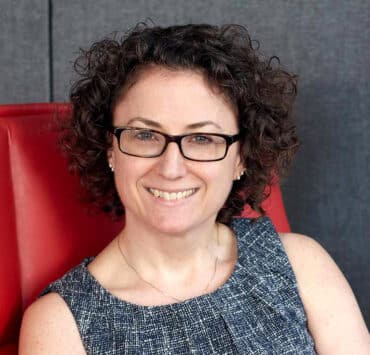|
Getting your Trinity Audio player ready...
|
As a child, Shelton Kilby was like many budding architects. He liked building-oriented toys, such as Legos and erector sets. But he didn’t like Lincoln Logs, perhaps because those were backwards-looking materials. His eyes even then were to the future.
Kilby’s grandfather, in particular, encouraged him to pursue architectural design, seeing his propensity to draw buildings as he grew out of toys. But while earning that degree, he recognized early that it took more than design to truly get buildings built. “I wanted to be on the people side of things,” he says. “I started to see where the decisions were made on the ‘what’ and ‘where’ of development. That’s when being a developer and infrastructure planning became more interesting to me.
“It’s a different set of players—it involves analysis, feasibility assessments, planning, and programming,” Kilby adds. This compelled him to pursue graduate studies in infrastructure planning and a master’s in business administration. These skills are what enables him to “take [buildings] to reality,” and what landed him the role of senior director of facility operations and construction for Spectrum Health, based in Grand Rapids, Michigan.
“[Hospitals and hospitality] both involve taking care of people. One might be for leisure, the other for healthcare.”
Shelton Kilby
Spectrum Health West Michigan’s reality includes working within a master plan: one that rationalizes the use of existing facilities as well as building new ones. Healthcare is a changing world, of course, serving everything from preventive health to emergency treatment, planned treatment, and rehabilitative care. With more than 130 clinical facilities in its system, serving people in a 13-county region of west Michigan, Spectrum Health West Michigan must serve the full range of healthcare needs as efficiently as the sector requires.
The biggest project currently under Kilby’s supervision—supporting several team members performing design, construction, facilities management, and maintenance services—is Spectrum Health’s Center for Transformation and Innovation campus. Expected to cost $150 million and be completed by early 2024, it is on a brownfield site that will involve site remediation, demolition that carefully enables lead and asbestos abatement, and a combination of public and private infrastructure improvements. An existing 155,000-square-foot building will be renovated, but a new 8-story, 157,000-square-foot building will be added, along with 2 parking ramps (680 spaces) and a surface parking lot. When completed, it will be home to 1,800 full-time healthcare workers.
Kilby is uniquely qualified to participate in this project because he comes from outside the healthcare industry. He previously held posts that included the director of property conversions and director of project management in hospitality companies. Building and converting hotels and resorts might seem like something quite different from senior living facilities—which he did prior to joining Spectrum Health—and now hospitals, urgent care, orthopedic, laboratories, clinics, rehabilitation, radiology, inpatient, and outpatient facilities. But Kilby is quick to point out the similarities and advantages his experience brings to his current role.
“We must consider the whole ecosystem which includes exploring creative ways to reach high school students from a variety of backgrounds and exposing them to the future of facilities, architecture, and construction.”
Shelton Kilby
“Both involve taking care of people,” he says. “One might be for leisure, the other for healthcare. But both involve overnight accommodations, food, and beverage capabilities, even such things as televisions in each room.” Of course, hospitals have to focus on clinical services and infection control, which Kilby says can make the environs feel a bit sterile. But research shows that healthcare is learning from the hotels and resorts industries to satisfy consumer interests in comfort and services.
He weighs those interests, however, relative to concerns and costs to manage pathogens, an essential matter where healthcare facilities are concerned. For example, the finishes chosen for floor and wall materials have to limit the transmission of disease as much as possible.
“Location matters too, as much as amenities,” he adds. Utilization of facilities, a factor that weighs heavily on the economics of healthcare, is affected by being geographically accessible to the patient population.
Which gets to the people side of the business that Kilby was drawn to early in his education and professional development. For example, in his position there are many contracts and contractors to manage. A system this size means leveraging a lot of purchasing power, but also carries a lot of expectations that go beyond just achieving lowest costs.
“We’re committed to being more conscientious with how we spend capital dollars,” he says. “That also includes improved focus and intentionality with diversity, equity, and inclusion.
“Our mission is to ensure DEI carries through from the operations of our facilities to planning, design and construction,” Kilby adds. “We must consider the whole ecosystem which includes exploring creative ways to reach high school students from a variety of backgrounds and exposing them to the future of facilities, architecture, and construction.”
As Kilby delivers rehabilitated and new structures in very visible, very visited places in Western Michigan, he could well be inspiring kids the way toys inspired him decades ago.


